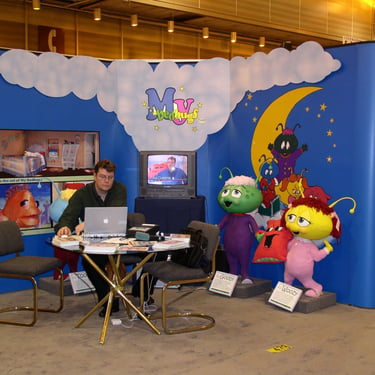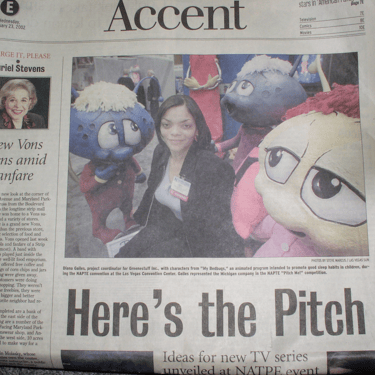
Music to Television Producer
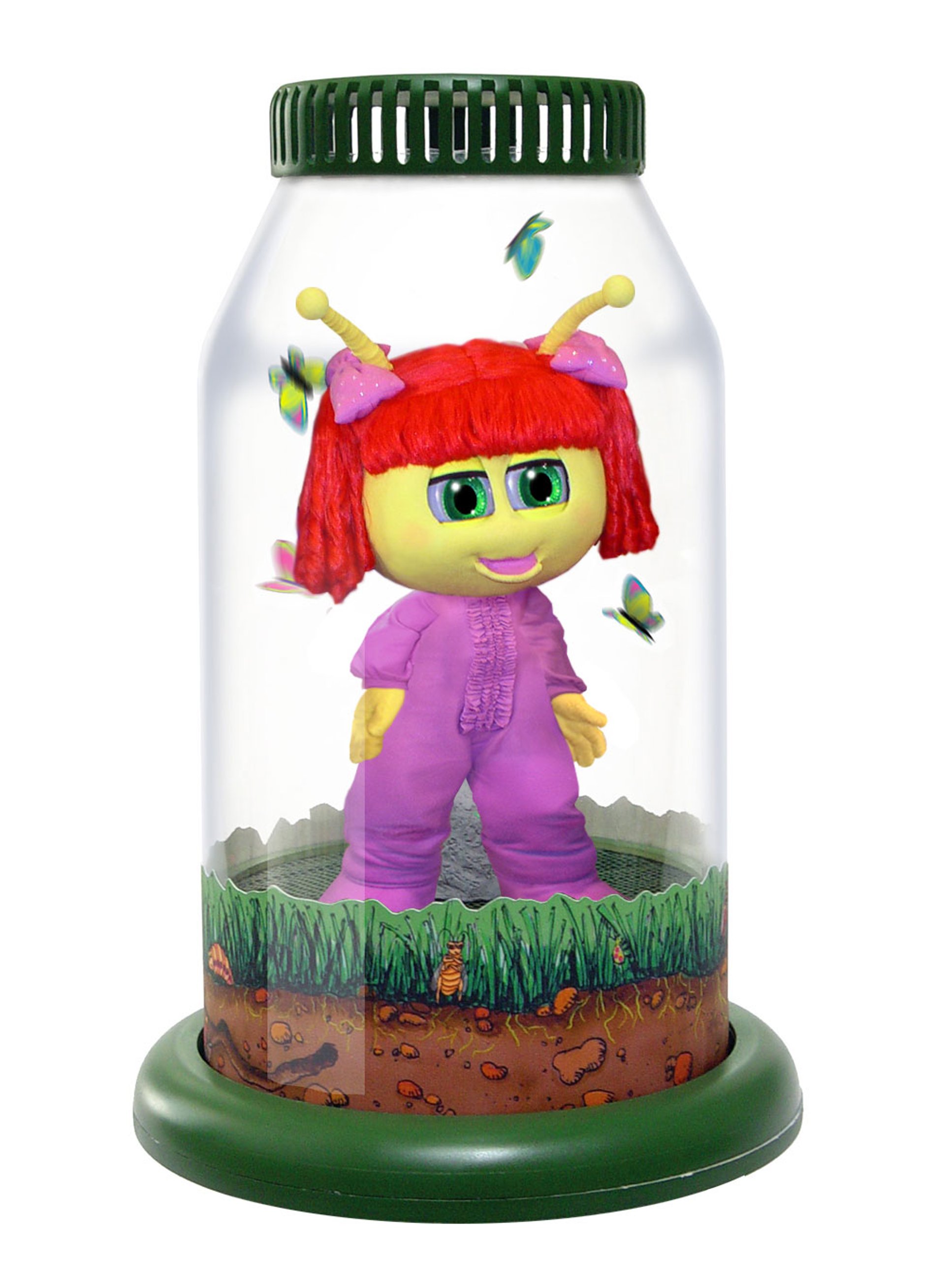
Episode Three
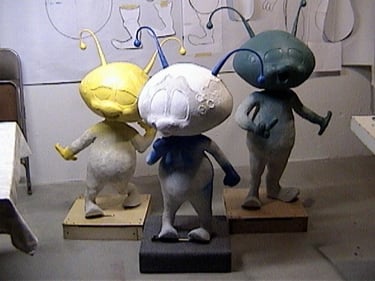
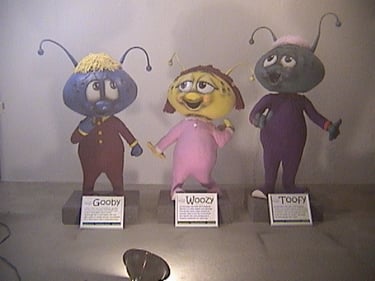
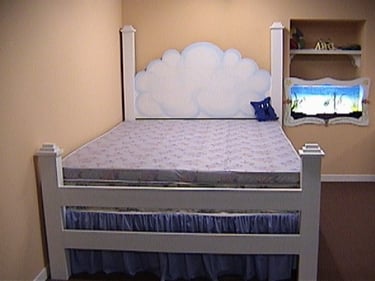



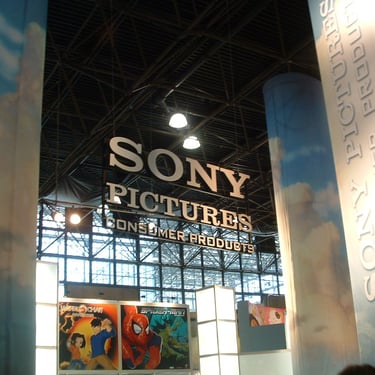
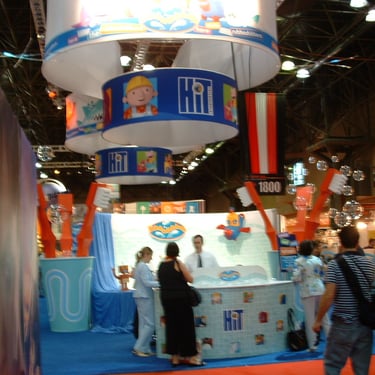
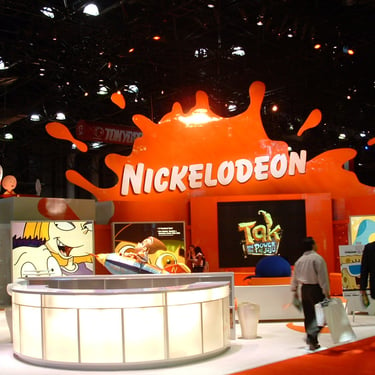
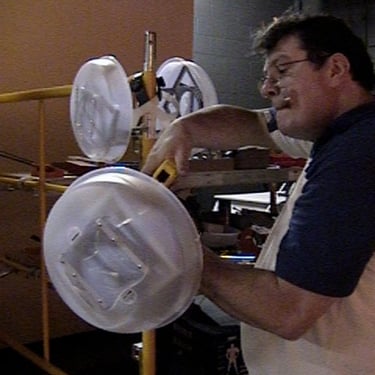
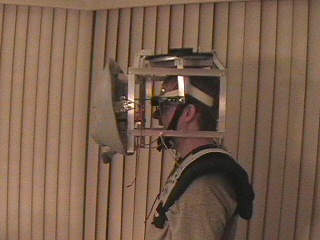
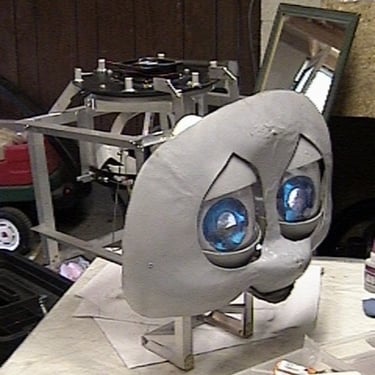
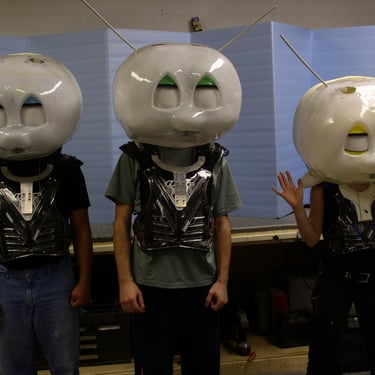

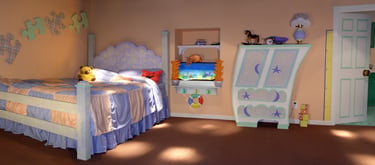
Next: Finding a Champion!
After years of working as a promoter in the music industry, I thought I had a solid understanding of the entertainment landscape, especially when it came to music conferences. The rhythm, the hustle, the networking—I had it all down to a science. However, transitioning into television was an entirely different beast. Particularly in children's programming, where the number of channel outlets was severely limited, the landscape was starkly different. My quest for a breakthrough led me to Peter Tocco, who suggested I attend the NATPE (National Association of Television Program Executives) conference in Las Vegas. Despite knowing my chances were slim, it was my best shot to get in front of television executives from giants like Disney, Cartoon Network, Nickelodeon, and PBS. With the conference only months away, I had to act quickly. I needed a website, a display, and something—anything—that would make an impression.
Building the Perception
A chance inquiry at a computer store connected me with Chris Nierhaus, a talented local Detroit area graphic designer who agreed to build my website. Chris's enthusiasm didn't stop there; he took the initiative to create three-foot papier-mâché characters for our conference display. Despite his full-time job at GM, Chris dedicated every spare minute to designing the booth. Meanwhile, I was reaching out to potential investors and physically doing the construction of the studio walls and the giant bed.
Chris’s commitment was truly remarkable. His ability to juggle his day job while dedicating nights and weekends to our project was inspiring. We worked tirelessly to hopefully create a visually stunning display that would capture the attention of anyone passing by our booth. I handled investor pitches and studio construction, often burning the midnight oil to ensure everything was on track.
My neighbor Chuck, an engineer and remote control enthusiast, agreed to build my first radio remote-controlled robot, a seven-foot upright vacuum cleaner named J. Edgar. The process was a crash course in TV show creation, from concept development to the nitty-gritty of accounting. Exhibiting at the conference was a significant expense, but I was driven by determination.Chuck’s expertise in remote control technology added a unique touch to our presentation, making J. Edgar a standout feature. The robot became a symbol of our innovative spirit and determination to break into the children's television market.
Making an Impression
Attending my first NATPE conference in Las Vegas was an overwhelming experience. With over 2,600 exhibitors, including every major network and thousands of independent producers, the atmosphere was intense. It was the last conference where independents and major studios shared the same floor and the final year of high attendance. I met countless industry professionals and was approached by multiple stations and smaller networks interested in children's programming. Despite my enthusiasm, I quickly realized that having only a concept wasn’t enough; buyers needed ready-to-air content. Nonetheless, the experience was enlightening and filled with potential for future opportunities.
Walking into the conference hall, I was struck by the sheer scale of the event. The booths were elaborate, showcasing the best of what each company had to offer. Our booth, though smaller, was a beacon of creativity with our papier-mâché characters and J. Edgar commanding attention. The first few days were a whirlwind of celebrities, meetings, pitches, and networking. I quickly learned that the television industry operated at a pace and scale far beyond what I had experienced in music. The immediate demand for content was a stark contrast to the more flexible timelines I was used to.
Unexpected Publicity
On the third day of the conference, I was greeted with unexpected congratulations. To my surprise, our booth and my assistant Diane had been featured on the front page of the Las Vegas Sun. This publicity was a game-changer. I excitedly shared the news with investors back in Detroit, forwarding several copies of the newspaper. The buzz generated by this coverage helped us raise an additional $200,000, fueling our momentum. The universe seemed to be aligning in our favor, and it was time to build my team.
The Las Vegas Sun article was a turning point. It validated our hard work and creativity, providing a much-needed boost in credibility. Investors who had been on the fence were suddenly eager to be part of our project. The coverage opened doors that had previously been closed, allowing us to secure crucial funding to continue our journey. The excitement from this unexpected publicity was evident, and it reinvigorated our team’s dedication to the project. Attending this networking was a major step.
Team Learning
Chris Nierhaus left his graphics position to come on board, full-time. This commitment allowed us to refine our visual presentation, ensuring that our characters and set pieces which we thought at the time were top-notch. He and I spent a tremendous amount of time trying multiple ways to perfect the moving intricacies of the eyes and mouth. Once completed, they added an remarkable persona to the facial features of the mascot character heads. Balancing these efforts with the ongoing task of raising funds was a relentless challenge for me, but I was on a mission.
My first to hire was Randy Arceri, a former colleague from my music promotion days. Randy had been persistent in urging me to return to the entertainment business. I promised him that if he completed his marketing classes, he’d have a job. True to my word, he was the first on payroll. Randy’s enthusiasm and dedication were invaluable and brought a new level of professionalism to my efforts. Laughingly. I would refer to Randy as having a box of useless information, which was entirely the opposite. He had a memory that was unmatched and saved my ass several times during the early stages. Essentially, Randy was the show's road manager.
Our first auditions for actors attracted nearly a hundred hopefuls on the first day, and we made our selections almost immediately. The overwhelming response to our auditions underscored the excitement and potential of our project. Assembling a crew for set design was pretty much established early on, with Chris Neirhaus at the helm. There wasn't very much money to throw around at first so we all did the best we could do. We were building something special, and the energy and creativity of our team reflected that.
"Thank you for tuning into Episode Three of my Journey. If you enjoyed this episode, please subscribe, leave a review, and share it with fellow entrepreneurs. Stay tuned for a new episode each week and until next time, keep innovating and stay inspired!"
My Lesson
Transitioning from the music industry to television was an eye-opening journey that underscored the importance of adaptability and resourcefulness. Despite my experience in music promotion, the television industry posed unique challenges, especially in children's programming. Attending the NATPE conference was a critical step, revealing the industry's high standards and immediate demand for content. The unexpected feature in the Las Vegas Sun validated our efforts and spurred further investment, highlighting the power of publicity. Collaborating with talented individuals like Chris and Randy taught me the value of creativity and leveraging available resources.
Through this journey, I learned that success in the television industry, much like in music, requires a blend of creativity, business acumen, and relentless determination. The lessons I learned from transitioning into television have stayed with me, shaping my approach to new ventures and challenges. Embracing change, seeking out mentorship, and building a strong team were crucial elements in our success. This experience reinforced the idea that with the right combination of passion, strategy, and hard work, it’s possible to navigate even the most challenging transitions and achieve your dreams.
